Common Succulent Pests and How to Treat Them
Succulents are beloved for their hardy nature and minimal care requirements, but even these resilient plants can fall victim to a variety of pests. Identifying and treating these unwanted visitors early is crucial for maintaining a healthy succulent collection. This comprehensive guide explores the most common pests that affect succulents and provides effective, plant-safe treatment options for each.
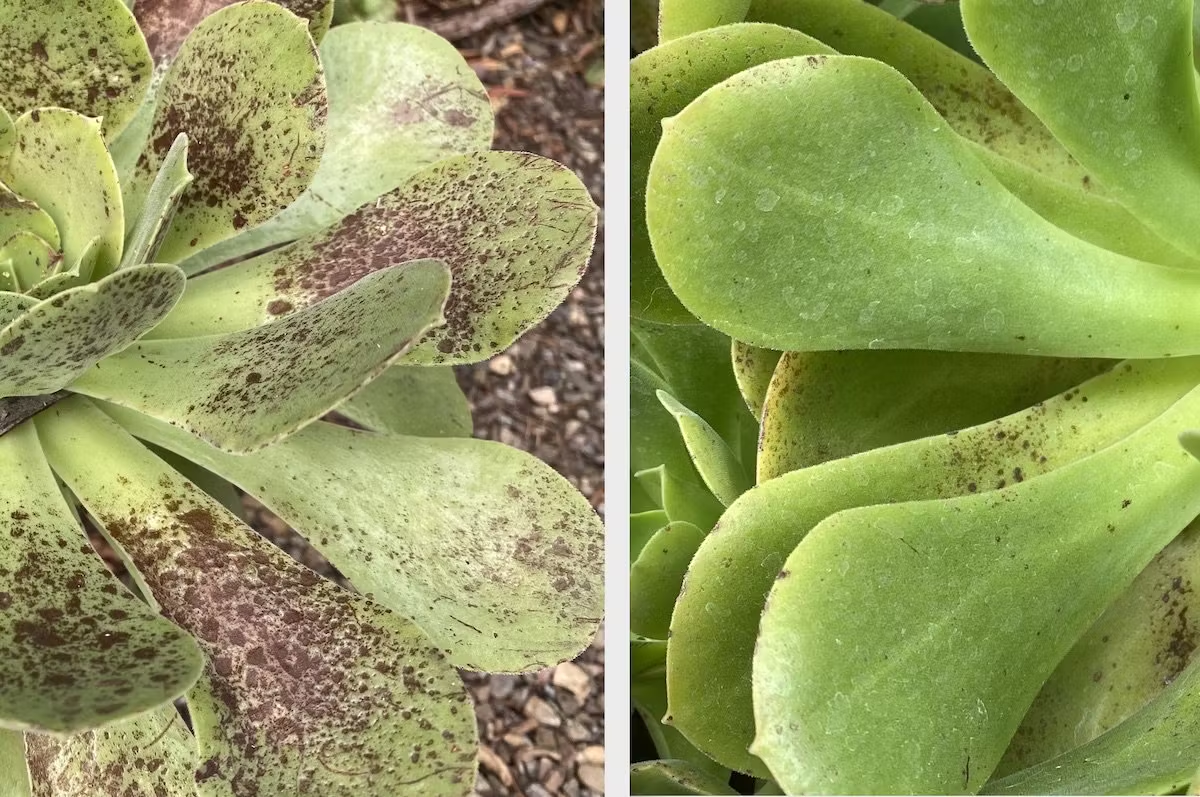
While many succulents have evolved protective mechanisms such as waxy cuticles, spines, or toxic compounds, they aren't completely immune to pest invasions. Indoor environments, in particular, can create perfect conditions for certain pests to thrive, especially when natural predators are absent. The good news is that most succulent pest problems can be effectively resolved with early detection and proper treatment.
Prevention: The First Line of Defense
Before diving into specific pests and treatments, it's worth noting that prevention is always easier than cure. Implementing these basic practices can significantly reduce the likelihood of pest problems:
Inspection Routine
Regularly examine new plants before introducing them to your collection. Quarantine newcomers for at least two weeks, checking thoroughly for signs of pests or disease.
Proper Growing Conditions
Healthy plants resist pests better. Provide appropriate light, well-draining soil, and proper watering to maintain strong, resilient succulents.
Air Circulation
Ensure adequate spacing between plants to promote good airflow, which helps prevent pest establishment and spread.
Clean Environment
Remove dead leaves and debris around your plants promptly, as these can harbor pests and provide breeding grounds.
Even with preventive measures, pest issues may occasionally arise. The key to successful treatment is early identification, which requires knowing what to look for.
1. Mealybugs: The Cotton-Like Invaders
Pest Profile: Mealybugs
Appearance: Small, soft-bodied insects covered in a white, cotton-like waxy substance.
Favorite Locations: Leaf joints, under leaves, in rosette centers, and around the base of plants.
Damage Signs: White cottony residue, stunted growth, yellowing leaves, and sticky honeydew that may lead to sooty mold.
Commonly Affected Succulents: Jade plants (Crassula), Echeveria, Haworthia, and many others – they're not particularly selective.
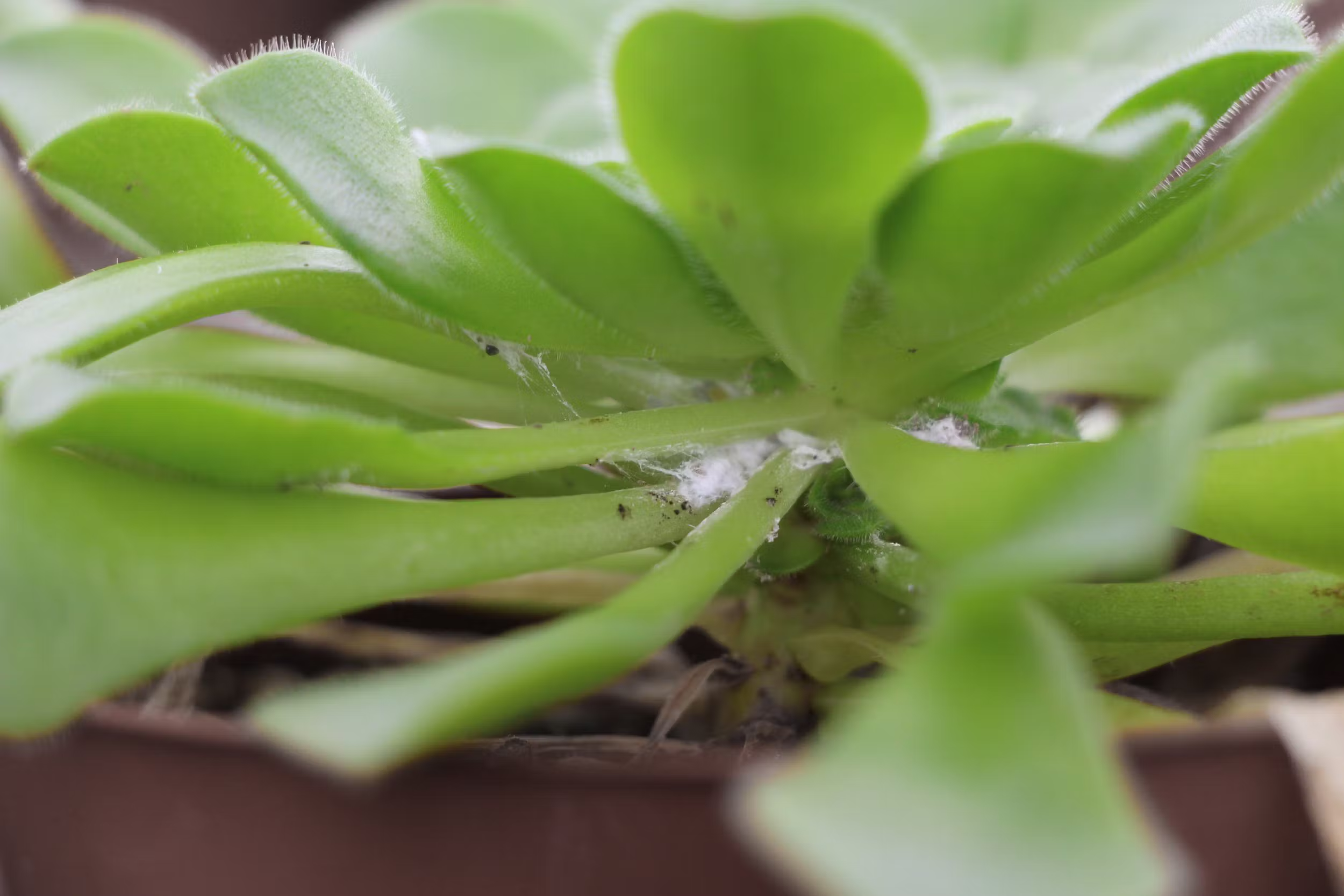
Mealybugs are perhaps the most common and persistent pests affecting succulents. These sap-suckers can multiply rapidly, with females producing hundreds of eggs in their short lifespan. They weaken plants by extracting plant fluids and introducing toxins through their saliva.
2. Spider Mites: Microscopic Menaces
Pest Profile: Spider Mites
Appearance: Tiny arachnids (not insects) barely visible to the naked eye, often appearing as moving dots. May create fine webbing between leaves and stems.
Favorite Locations: Undersides of leaves and between closely spaced plants. Thrive in dry, warm conditions.
Damage Signs: Fine webbing, tiny stippling or speckling on leaves, yellowing/bronzing foliage, and overall plant decline.
Commonly Affected Succulents: Particularly problematic for Euphorbia, Sansevieria, and Aloe varieties, though they can target many species.
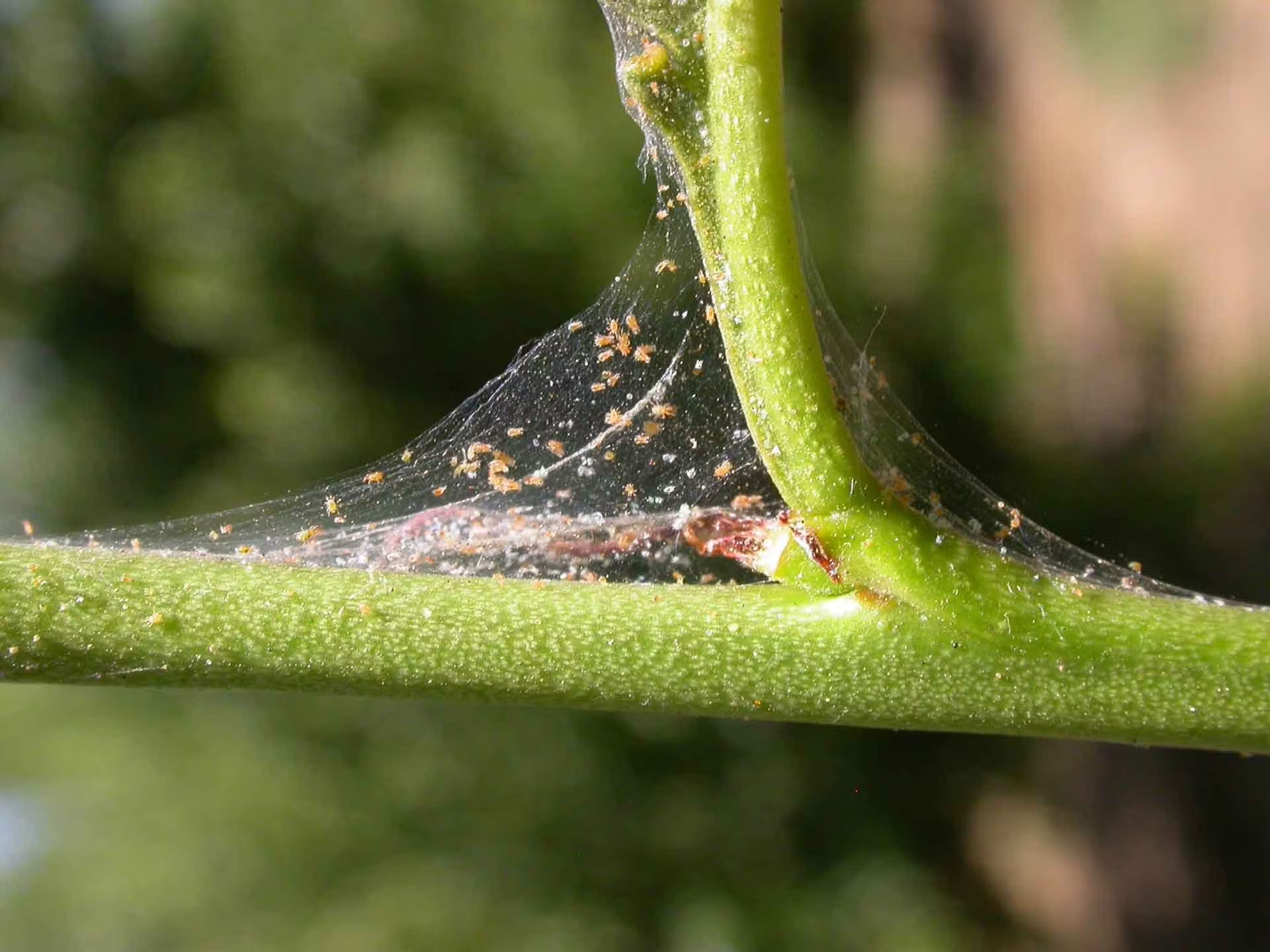
Spider mites are not true insects but rather tiny arachnids that can reproduce extremely rapidly in favorable conditions. A single female can produce thousands of offspring in just a few weeks. Their microscopic size makes early detection challenging, often allowing populations to boom before becoming noticeable.
3. Scale Insects: The Armored Invaders
Pest Profile: Scale Insects
Appearance: Small, immobile insects with protective shells that resemble bumps or scabs on plant tissue. May be brown, tan, or black.
Favorite Locations: Along stems and leaf edges, sometimes spreading to leaf surfaces.
Damage Signs: Yellowing leaves, stunted growth, branch dieback, and sticky honeydew residue.
Commonly Affected Succulents: Jade plants, Euphorbia, Aloe, and many Crassulaceae family members.
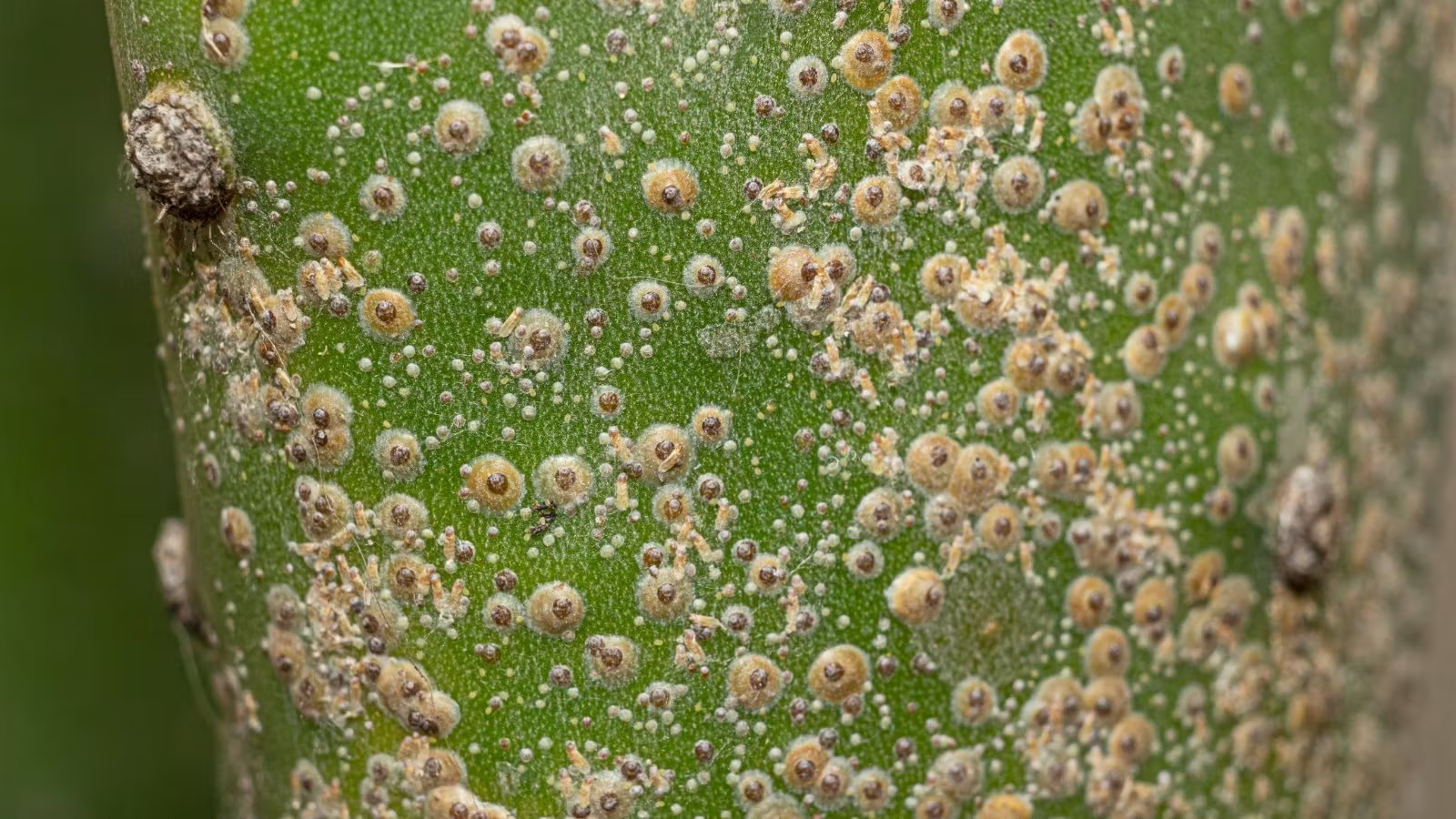
Scale insects are unique among succulent pests due to their protective covering that shields them from many contact insecticides. There are two main types: soft scale (which produces honeydew) and armored scale (which doesn't). Their protective shell makes them particularly challenging to control once established.
4. Aphids: Tiny Sap-Suckers
Pest Profile: Aphids
Appearance: Small, pear-shaped insects that may be green, black, red, yellow, or brown, often clustering in groups.
Favorite Locations: New growth, flower buds, stem tips, and tender tissues.
Damage Signs: Distorted new growth, yellowing leaves, sticky honeydew, and the presence of ants (which farm aphids for honeydew).
Commonly Affected Succulents: Particularly attracted to flowering varieties and new growth on most succulent types.
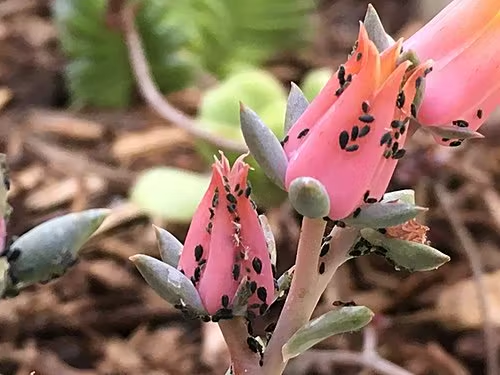
Aphids reproduce extremely quickly, with females able to give birth to live young without mating. This reproductive efficiency allows populations to explode in just days. They're particularly attracted to plants with high nitrogen levels, which often results from over-fertilization.
5. Fungus Gnats: Soil-Dwelling Nuisances
Pest Profile: Fungus Gnats
Appearance: Small, mosquito-like flies (adults) and tiny translucent larvae with black heads (in soil).
Favorite Locations: Moist soil, particularly in overwatered plants or those with organic-rich potting media.
Damage Signs: Adult flies hovering around plants, larvae visible in top layer of soil, and potential root damage in severe infestations.
Commonly Affected Succulents: Any succulent in consistently moist soil, particularly those in peat-based mixes.
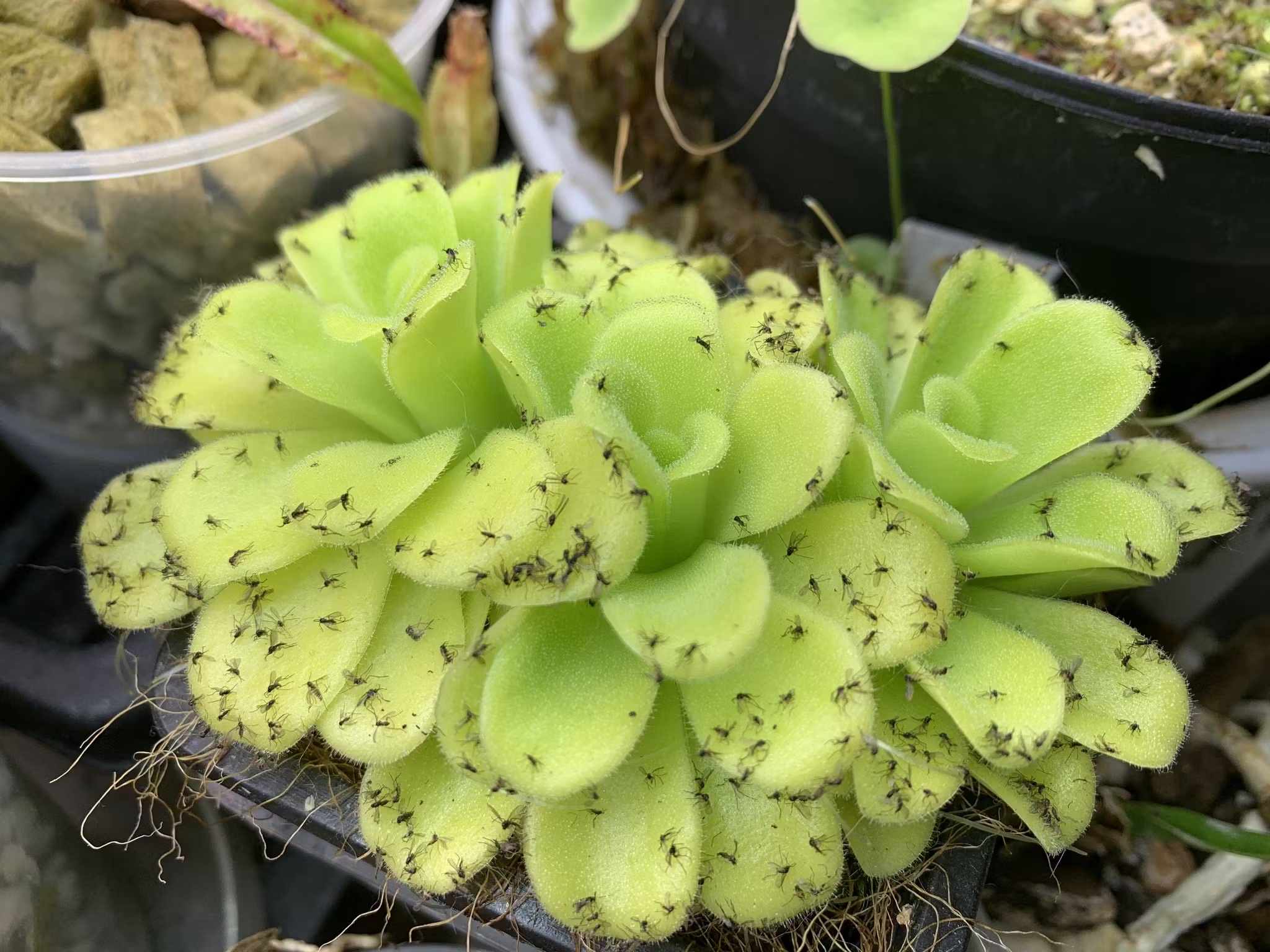
Unlike most succulent pests that directly attack plant tissues, fungus gnats primarily live in the soil. While adult gnats are mostly harmless nuisances, their larvae can damage young roots in large numbers. Fungus gnat problems are almost always associated with overwatering and consistently moist soil conditions.
6. Thrips: Stealthy Slashers
Pest Profile: Thrips
Appearance: Extremely small, slender insects (1-2mm) that may appear as tiny dark or straw-colored moving lines. Juveniles often lighter in color.
Favorite Locations: Tender growth, between tight leaves in rosettes, and inside flower buds.
Damage Signs: Silvery scarring, black fecal specks, distorted growth, and color loss in affected areas.
Commonly Affected Succulents: Aloe, Haworthia, Echeveria, and many others.
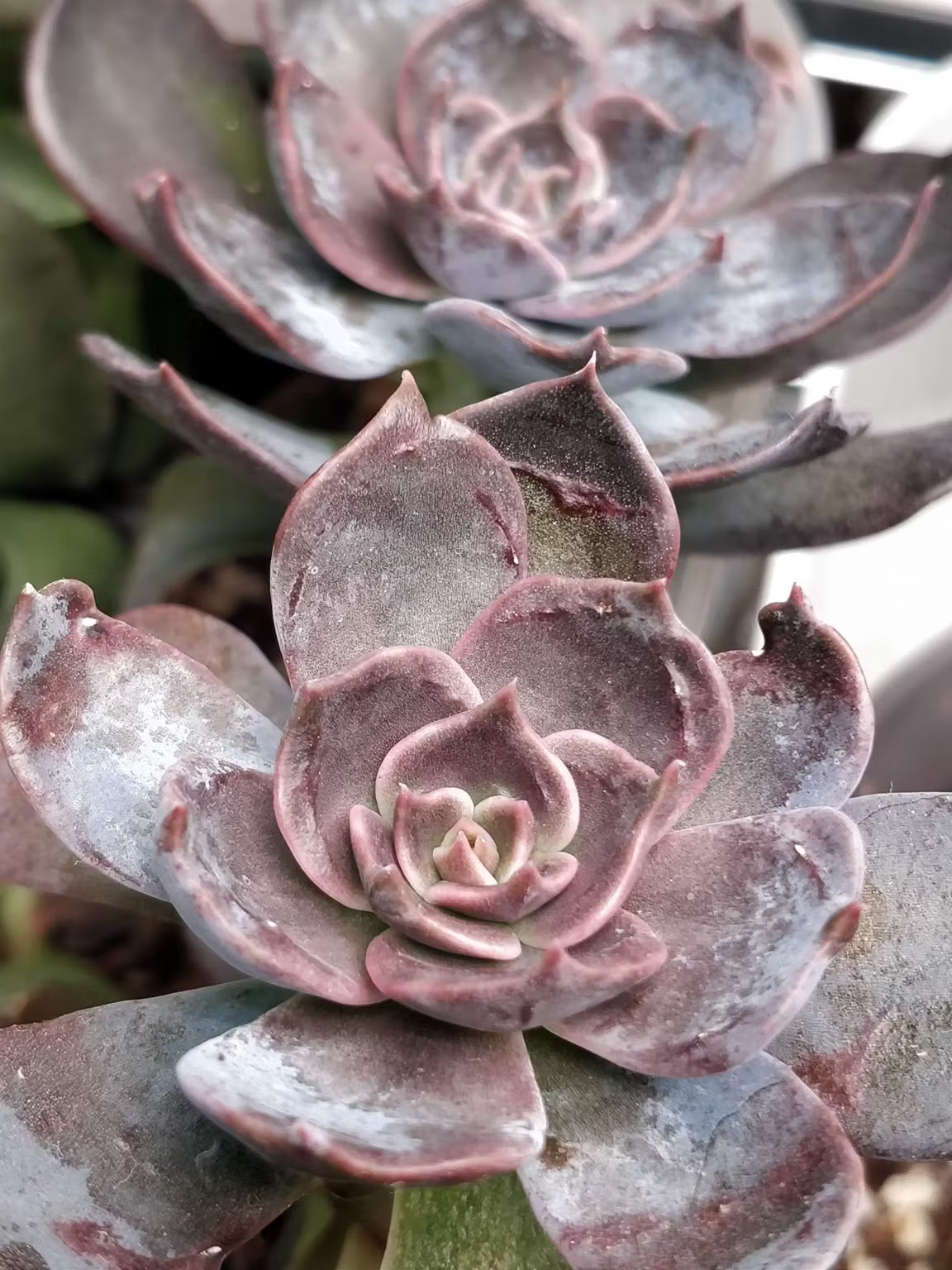
Thrips are particularly troublesome due to their tiny size and ability to hide in tight spaces. They damage plants by piercing cells and sucking out the contents, leaving behind distinctive silvery or bronzed scarring. Their rapid lifecycle and ability to reproduce without mating allows populations to increase dramatically in short periods.
Treatment Summary and Comparison
The following table provides a quick reference for treatment options across different succulent pests:
| Treatment Method | Mealybugs | Spider Mites | Scale | Aphids | Fungus Gnats | Thrips |
|---|---|---|---|---|---|---|
| Isopropyl Alcohol | Excellent | Fair | Good | Good | Poor | Fair |
| Insecticidal Soap | Good | Good | Fair | Excellent | Poor | Good |
| Neem Oil | Good | Excellent | Good | Good | Fair | Good |
| Water Spray | Fair | Good | Poor | Good | Poor | Fair |
| Horticultural Oil | Good | Excellent | Excellent | Good | Poor | Good |
| Biological Controls | Fair | Good | Fair | Excellent | Excellent | Good |
Important Safety Notes
Always test treatments on a small area first. Some succulents have delicate protective coatings (farina) that can be damaged by oil-based treatments or alcohol.
Apply treatments during cooler parts of the day. Oil-based treatments applied in hot, sunny conditions can cause leaf burn or scorch.
Follow all label instructions when using commercial products, especially regarding protective equipment and application rates.
DIY Natural Remedies for Succulent Pests
For those preferring natural approaches to pest management, several homemade remedies can be effective when used consistently:
Basic Insecticidal Soap
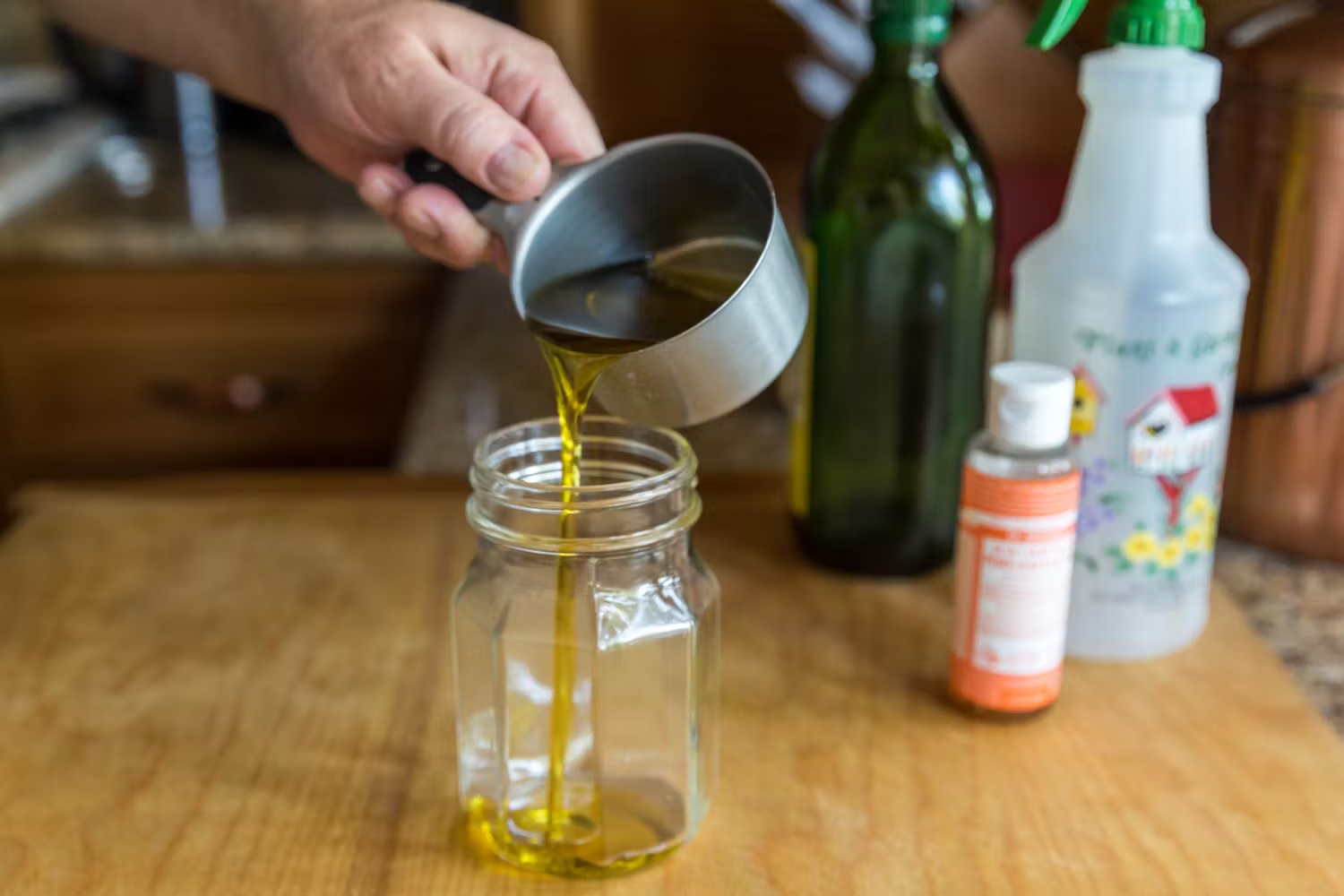
Ingredients:
- 1 tablespoon mild liquid soap (castile soap, pure soap flakes, or dishwashing liquid free from additives)
- 1 quart (4 cups) water
- Optional: 1 teaspoon neem oil
Directions: Mix ingredients thoroughly in a clean spray bottle. Apply directly to affected plants, covering all surfaces including leaf undersides. Repeat applications every 5-7 days until pests are eliminated.
Garlic-Pepper Spray
Ingredients:
- 2 whole bulbs of garlic, crushed
- 1 tablespoon hot pepper flakes or 1 hot pepper
- 1 quart water
- 1 teaspoon mild liquid soap
Directions: Steep crushed garlic and pepper in water overnight. Strain liquid, add soap, and transfer to a spray bottle. Apply to affected plants, focusing on infested areas. This spray works as both a deterrent and treatment.
Cinnamon Powder
Cinnamon has natural fungicidal and mild insecticidal properties. Sprinkle ground cinnamon on soil surfaces to deter fungus gnats and prevent damping-off diseases that can affect young plants.
Natural Treatment Tips
Always test homemade sprays on a small area first to ensure they don't damage your particular succulent varieties.
Apply natural remedies consistently (often weekly) for best results, as they may be less potent than commercial options.
Store homemade preparations properly – most last 1-2 weeks in the refrigerator before needing to be replaced.
When to Consider Systemic Insecticides
For severe or persistent infestations, systemic insecticides may be necessary. These products are absorbed by the plant and circulate through its tissues, making the entire plant toxic to feeding pests.
Consider systemic treatments when:
- Multiple contact treatments have failed
- Infestations are severe and threatening plant survival
- Pests have reached inaccessible areas (inside stems or deep in rosettes)
- You're dealing with particularly valuable or rare specimens
Common systemic options include:
- Imidacloprid products (granular or liquid)
- Acephate-based systemics
- Dinotefuran products
Important Systemic Considerations
Most systemic insecticides are toxic to pollinators. Avoid using them on flowering plants or those about to flower.
Follow application rates precisely. Overdosing can harm plants, especially slow-growing succulents.
Consider the environmental impact. These products can affect beneficial insects and may persist in the environment.
Keep treated plants away from children and pets during and after treatment.
Conclusion: Maintaining Pest-Free Succulents
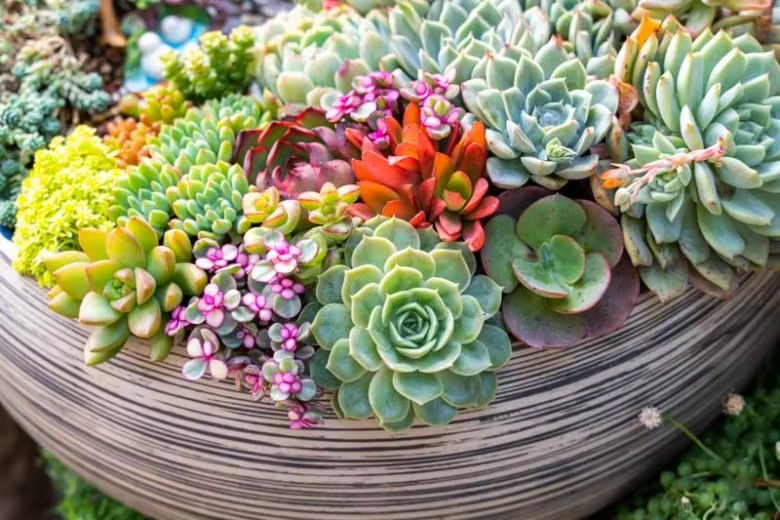
Dealing with succulent pests is an inevitable part of cultivation, but with vigilance and the right approach, most problems can be resolved before causing significant damage. Remember these key principles:
- Early detection is critical – examine your plants regularly, paying special attention to new growth, leaf joints, and soil surfaces.
- Isolate affected plants immediately to prevent spread to your entire collection.
- Start with the least invasive treatments first, escalating only if necessary.
- Persistence is key – most treatments require multiple applications to break pest life cycles completely.
- Prevention remains the best strategy – proper growing conditions, quarantine procedures, and good hygiene significantly reduce pest issues.
With the knowledge of common pest identification and the treatment options outlined in this guide, you'll be well-equipped to maintain a healthy, thriving succulent collection. Remember that occasional pest issues don't indicate failure – even experienced growers encounter these challenges. The difference lies in prompt identification, appropriate response, and consistent preventive practices.
By integrating these pest management strategies into your regular succulent care routine, you'll not only address current problems but also minimize future infestations, allowing your beautiful succulent collection to flourish.